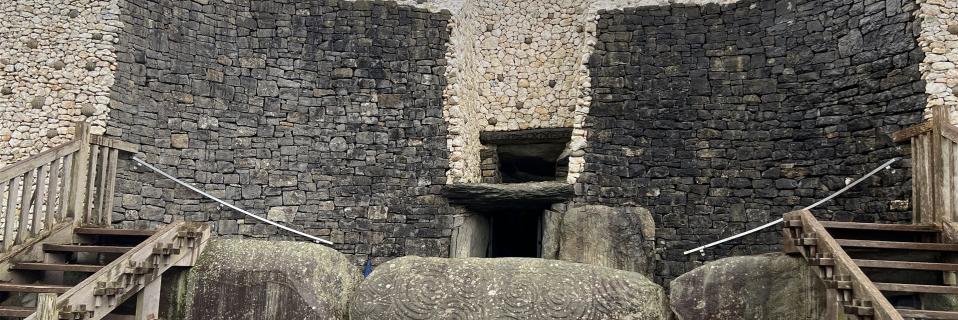Glass plates
The restoration of media in which new astronomical information is found, which can provide data both to enrich the heritage of the institutions that produced it, and for the research of new phenomena and the dissemination of this data for the knowledge of the public and professionals is part of what we know as Cultural Astronomy.
This premise was appropriately debated among peers at the SEAC 30 Annual Meeting in 2023 in Warsaw. Many things were clarified. This prompted an oral presentation the following year at the SEAC 31 Annual Meeting in Catania, where a particular case study was presented, and the recovery of solar astronomical photographs on glass plates, made by the restoration team of the Museum of the Observatory of Cosmic Physics of San Miguel in Argentina.
The restoration of these glass plates provided a series of data that in some cases were not available in the public domain; the first case study was that of the Eclipse of 1958, which was visible in the south of the American continent and whose photographs were taken and provided to the NASA Eclipses website for dissemination. For these purposes, permission was provided by the Author and a paper was written and published in Zenodo (an academical platform created by Cern), at the suggestion of our NASA colleagues.
All the knowledge acquired not only from the restoration but also from the restoration techniques themselves was shared in Argentina by the Red MoAA, which is a network of Historical Observatory Museums, whose directors meet every two weeks to share information and experiences. This is how we were able to add restoration data when we moved to the National Observatory of Córdoba, where the Museum coordinator Dr. David Merlo provided us with all his experience on the subject, which we recounted in a paper presented in 2024 at the SEAC Annual Meeting in Catania.
At the same 2024 meeting, at the request of SEAC President Rita Gautschy, the creation of a Committee in SEAC was proposed to share restoration experiences among the institutions represented by SEAC members, who are particularly active in heritage issues in Astronomy.
In February 2025, the Astronomical Heritage Committee was created to continue the tasks and share experiences among the Institutions. We will now form a network with the intention of carrying out research and dissemination tasks, based on the ICOM (International Council of Museums) proposal for 2024 for the entire scientific community, which says: “Museums for education and research”, underlining the fundamental role of cultural institutions when it comes to providing educational experiences, dissemination in research, advocating for a more conscious, sustainable and integrative world.
The task we are currently carrying out is the classification of sunspots found in the restored material, based on the information obtained, since until 1970 (the date of the creation of NOAA), the Observatories we have consulted kept a particular list of designations of sunspots and solar phenomena, which became international after the foundation of the aforementioned agency. This allows us to study solar phenomena at times of greatest activity of the star and its astronomical and meteorological consequences.
With the creation of this Committee, we hope to form a Network among the active members of the SEAC, to share information and restoration techniques that will allow us to obtain more data under the Cultural Astronomy approach.
Participating in the initial work are:
- Prof. José Nicolás Balbi (Director of the San Miguel Observatory Museum)
- Dr. David Merlo (Coordinator of the Córdoba Observatory Museum)
- Prof. Santiago Maiese (Director of the San Miguel Observatory)
If you are interested to join and collabrate, please contact Nicolás Balbi.
Contact: Nicolàs Balbi
Images showing
- information about the solar eclipse of October 12, 1958 (Copyright: NASA)
- images of this eclipse on glass plates in Buenos Aires (Copyright: Nicolás Balbi)
- the restoration process (Copyrigt: Nicolás Balbi).
Licence: CC BY-SA 4.0







